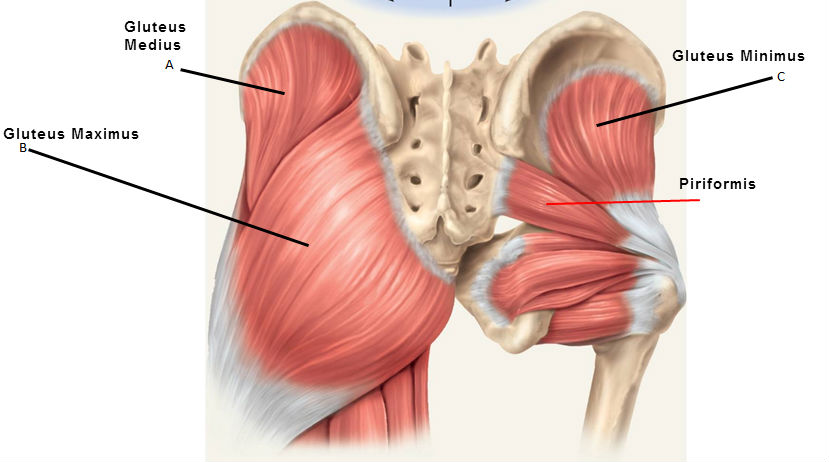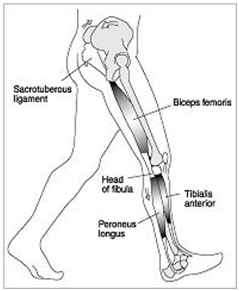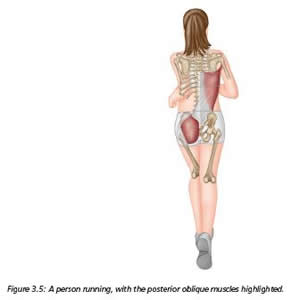Does How You Train Your Glutes Matter?
2019-04-28
Why does it matter? I’m often called “no fun” because I don’t suggest that people do everything. That’s right! Nowadays people want to find justification to do everything in training. That way how could you miss out on anything?! The only problem though, is that is some of the WORST strength training advice that one could be given.
EVERY industry looks for the most efficient and effective means of getting results. Think of your doctor prescribing you a medication. One medication can help your symptoms in a week with almost no side effects. Another medication will help your symptoms in 6 months and has some not so fun side effects. They both “work”, but obviously one works SIGNIFICANTLY better right?

That is how I help people understand their strength training programs. Whenever we provide a stress to the body it is hard to argue we would get ZERO results, but are you looking to get the minimum or maximum results from your efforts? It is just simple science, some things work better!
An example I always love to go back to is some thing like strength training for the glutes. For the life of me, how most strength training approaches the glutes is simply baffling. Almost no other muscle do we oddly approach like the glutes. A complex series of 6 muscles (3 on each side) that do several jobs for the body at once that people treat like some of the dumber muscles of our body like the biceps.

Why do I call the biceps “dumb”? When a muscle runs just up and down like the biceps do, they perform rather limited roles in motion. The biceps mostly just flex the elbow, whereas the glutes help extend our hips, stabilize our pelvis from side to side and front and back, they help transmit force through the core and down the lower body. In other words, training a muscle that is designed in diagonals like a muscle that goes up and down shows how much we don’t use science in our training.
With that little bit of knowledge about glutes we should start to understand some foundational strength training principles of these muscles. Like what? How about the following…..
The “driver” for the glutes is the feet! Yes, the feet dictate much of the use of the glutes, not “squeezing” the glutes, but to drive down into the ground with the feet. The glutes play a large role in locomotion and I don’t know about you, I can’t tell you the last time I walked or ran and thought about squeezing my glutes during my movement. Not to mention, there is A LOT of research showing how injury to the foot/ankle causes changes to the ability to use our hip.

What does this mean in strength training of the glutes? We need to teach people to push down into their feet and “grab the ground” with their feet. That is our starting point, but just as importantly, we need to give feedback and progress to movements where our feet become more and more important to the performance of an exercise.
Our glutes don’t work by themselves they work closely with the opposite lats and thoracolumbar fascia to create stability in the body in what’s called the Posterior Oblique Sling. A big reason that people still love bodybuilding is because it is easy to think one “brick” in the building works by itself and if we just make that brick stronger than the building becomes stronger. However, we know that in such an instance, every brick is actually connected to the bricks all around it, the body isn’t too different.

Since the body always wants stability and actions like walking and running are very unstable, our body needs to know how to protect important areas like our spine. The body is smartly constructed and this connection of glute, fascia, and opposing lats is how our body creates “force closure” on the pelvis and create stability in the spine and SI joints.
Moral of the story….if you are training the glutes without the core and lats, you aren’t actually making them real world strong. That is because trying to make one brick stronger, doesn’t make the building better! We already see this with trying to “break the bar” with deadlifts, or “break the handle” on kettlebell swings. This philosophy should go for EVERYTHING in our training!

This is why on all our DVRT drills we work on pulling the handles apart on any drill…

All of our bodies are designed for real world performance, not what we do in the gym. Our HOPE is that what we do in the gym makes us better in life and sport, but without understanding how our bodies work we are purely guessing, not knowing, what is best! In the case of our glutes, we want to make the connections mentioned above, we want to challenge the feet, we want to train the glutes to produce and resist force at the same time! That is why DVRT movements like physical therapist, Jessica Bento and DVRT UK Master, Greg Perlaki, actually shows how to make our glutes strong in real world ways!
https://www.instagram.com/p/BubVUS7hFPq/
These multiple hip hinge exercises not only give us more glute exercises, but smarter glute workouts!
https://www.instagram.com/p/BvuN_DMhB4P/
Someone recently mentioned that people liked his work because he kept things “simple”. The issue with such statement is that simple is relative to the person’s background! Of course we can unnecessarily complicate things in training, but if I told you that the three keys of training your glutes were the following, would you think it was complicated?
- You have to use your feet to create force and stability.
- Your glutes work with your core and lats. You have to engage both through feet and hands.
- Our glutes are meant to produce and resist force so using exercises that challenge these qualities optimize our glutes function.
It isn’t that these are complicated, but many are not use to thinking this way about their strength training. However, as I mentioned before, the reward of understanding your body is getting better results!
© 2025 Ultimate Sandbag Training. Site by Jennifer Web Design.






